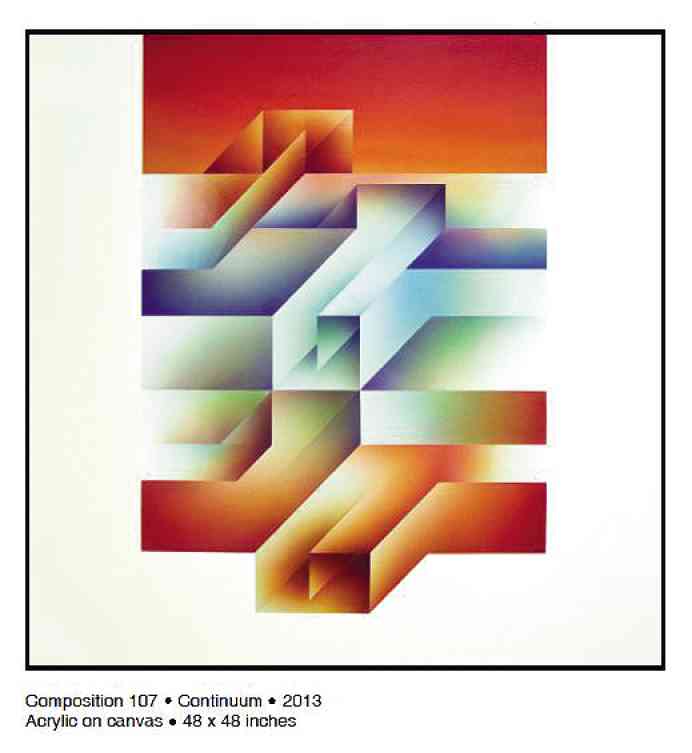
This one is for the books.
This Conceptual/Performance act that defies logic and understanding: A most promising artist of the 1970s—already held in high esteem by the likes of Fernando Zobel de Ayala, Roberto Chabet, Lee Aguinaldo and National Artist Arturo Luz—completely vanishes from the art scene.
The artist: Rodolfo Gan. After an absence of over three decades, Gan is holding a solo show at the Finale Art File. Technically this is only his second, the first being in 1973, when the artist eventually bowed out of the scene, unconscionably abandoning canvases and paintbrushes. Gan had concentrated on the family’s printing business.
While not considered the traditional medium for painting, the airbrush is the instrument that suited Gan’s interest and preoccupation: the luminosity of light and how best to capture it on canvas. Not surprisingly, it was the art of Fernando Zobel that succeeded in capturing the fleeting quality of light at the point of its evanescence. Zobel’s works, however, were oils on pristine linen canvas. The other significant influence was Lee Aguinaldo who, in his “Linear” series, perfected the planar illumination with his speedy strokes of acrylic pigments, notorious for drying too quickly.
The perfection of gradation of hues was at the heart of the matter. One could say Rodolfo Gan was misty-eyed at the mere sight of, well, mists of hues.
Painted air
Still producing marvels of what the critic Harold Rosenberg called “painted air,” the airbrush—looking like a sinister dental instrument—was at the service of Gan’s new works. Intriguingly, these works were impelled by the presence and sight of some canvases that have lain unused in Gan’s residence.
They were, in fact, intended for his son, who also dabbles in painting. Casually, the son would remind his father that he should start painting again.
Last year, Gan decided to confide his situation with the then ailing Chabet, who encouraged him to go ahead and paint again. (A couple of months later, his friend and mentor Chabet would pass away.)
Unseen sources
The result: The “Prism” works. Though titled numerically, Gan has ascribed to them titles that are more evocative of certain ineffable emotions and states of mind, thus: “Harmony.” “Anticipation.” “Oneness.” “The Dawning.” “Continuum.” “Nocturnal Fantasy.” “Perceptible Red Square.”
Consistently, all the works use the square format, which was also the shape favored by Zobel. They are configured as the unfolding of box-like planes that are mirror-reflections of each other, ethereal walls of mists, from unseen sources of light that emphasize linearity and geometricity.
Though floating in space, the planes look like movable panels that have found their ideal, comfortable constructs. Though not as complex, they may remind the viewer of the works of the artist Escher, with his confounding staircases and passageways, that delight the eye, as they can be viewed upside down.
Viewing the “Prism” show, it is all too clear that Rodolfo Gan, after more than 30 years of absence, has not lost his touch.
Welcome come back, Rudy!









































